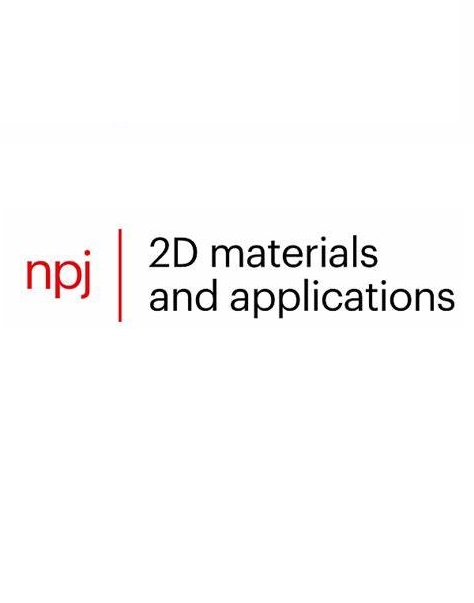Unraveling the electronic structure and magnetic transition evolution across monolayer, bilayer, and multilayer ferromagnetic Fe3GeTe2
IF 8.8
2区 材料科学
Q1 MATERIALS SCIENCE, MULTIDISCIPLINARY
引用次数: 0
Abstract
Two-dimensional (2D) van der Waals (vdW) magnets have sparked widespread attention due to their potential in spintronic applications as well as in fundamental physics. Ferromagnetic vdW compound Fe3GeTe2 (FGT) and its Ga variants have garnered significant interest due to their itinerant magnetism, correlated states, and high magnetic transition temperature. Experimental studies have demonstrated the tunability of FGT’s Curie temperature, TC, through adjustments in quintuple layer numbers (QL) and carrier concentrations, n. However, the underlying mechanism remains elusive. In this study, we employ molecular beam epitaxy (MBE) to synthesize 2D FGT films down to 1 QL with precise layer control, facilitating an exploration of the band structure and the evolution of itinerant carrier density. Angle-resolved photoemission spectroscopy (ARPES) reveals significant band structure changes at the ultra-thin limit, while first-principles calculations elucidate the band evolution from 1 QL to bulk, largely governed by interlayer coupling. Additionally, we find that n is intrinsically linked to the number of QL and temperature, with a critical value triggering the magnetic phase transition. Our findings underscore the pivotal role of band structure and itinerant electrons in governing magnetic phase transitions in such 2D vdW magnetic materials.

揭示单层、双层和多层铁磁性 Fe3GeTe2 的电子结构和磁转变演化
二维范德华(vdW)磁体因其在自旋电子应用和基础物理学中的潜力而引发广泛关注。铁磁性 vdW 化合物 Fe3GeTe2(FGT)及其 Ga 变体因其巡回磁性、相关态和高磁转变温度而备受关注。实验研究已经证明,通过调整五倍层数(QL)和载流子浓度(n),FGT 的居里温度 TC 是可调的。在本研究中,我们采用分子束外延 (MBE) 技术合成了二维 FGT 薄膜,层数控制精确到 1 QL,从而促进了对带状结构和巡回载流子密度演化的探索。角度分辨光发射光谱 (ARPES) 揭示了超薄极限下显著的能带结构变化,而第一原理计算则阐明了从 1 QL 到大块的能带演化,这在很大程度上受层间耦合的影响。此外,我们还发现 n 与 QL 数量和温度有内在联系,临界值会触发磁性相变。我们的研究结果强调了带状结构和巡回电子在这种二维 vdW 磁性材料的磁性相变中的关键作用。
本文章由计算机程序翻译,如有差异,请以英文原文为准。
求助全文
约1分钟内获得全文
求助全文
来源期刊

npj 2D Materials and Applications
Engineering-Mechanics of Materials
CiteScore
14.50
自引率
2.10%
发文量
80
审稿时长
15 weeks
期刊介绍:
npj 2D Materials and Applications publishes papers on the fundamental behavior, synthesis, properties and applications of existing and emerging 2D materials. By selecting papers with the potential for impact, the journal aims to facilitate the transfer of the research of 2D materials into wide-ranging applications.
 求助内容:
求助内容: 应助结果提醒方式:
应助结果提醒方式:


